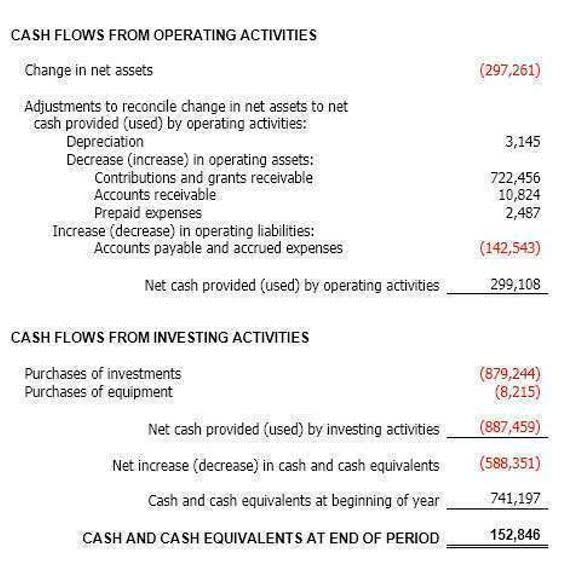
Net Profit Margin (also known as “Profit Margin” or “Net Profit gross margin accounting”) is a financial ratio used to calculate the percentage of profit a company produces from its total revenue. It measures the amount of net profit a company obtains per dollar of revenue gained. The net profit margin is equal to net profit (also known as net income) divided by total revenue, expressed as a percentage. Based on the section above, Microsoft generated $198.27 billion of revenue in 2022. Looking further down its income statement, it also generated $135.6 billion of gross margin.
How Is Net Margin Different from Other Profit Margin Measures?
When a company has residual profit, it is more likely to be able to grow as it can use that capital to scale its business or perform research. Nonetheless, this financial ratio is a useful tool when combined with other financial performance metrics. In addition to the above problem, there is also the issue that NPM describes the accounting profit instead of cash profit of a company.
What’s the Difference Between a High and Low Gross Profit Margin?
In other words, 60 cents of every dollar your business makes in sales (after discounts and returns) is available for you to use to run your business. We believe everyone should be able to make financial decisions with confidence. Net margin is $100k of net income divided by $700k of revenue, which equals 14.3%. Amanda Bellucco-Chatham is an editor, writer, and fact-checker with years of experience researching personal finance topics.
- Suppose that a company has $1 million in sales and the cost of its labor and materials amounts to $600,000.
- Higher ratios are generally better, illustrating the company is efficient in its operations and is good at turning sales into profits.
- Standalone figures provide only a snapshot and are in some way meaningless without a benchmark.
- There are various profitability ratios that are used by companies to provide useful insights into the financial well-being and performance of the business.
Profit Margin: Definition, Types, Uses in Business and Investing
This produces a ratio (that can be converted to a percentage) that reflects whether or not a company is efficiently manufacturing its product offerings. A high gross margin ratio indicates efficiency; a lower gross margin efficiency suggests a process that could be improved. No matter its size, recognizing and tracking your business’s profit margins is essential. Your business must make money to stay afloat and monitoring your profit margins helps you understand your business’s financial health and capacity for growth.

Gross Profit Margin vs. Net Profit Margin vs. Operating Profit Margin
That’s because profit margins vary from industry to industry, which means that companies in different sectors aren’t necessarily comparable. So, for example, a retail company’s profit margins shouldn’t be compared to those of an oil and gas company. Profit margin is a measure of how much money a company is making on its products or services after subtracting all of the direct and indirect costs involved. From 2015 to the first quarter of 2024, technology companies like Microsoft and Alphabet registered high double-digit quarterly profit margins compared to the single-digit margins achieved by Walmart and Target. However, that does not mean Walmart and Target did not generate profits or were less successful at what they do compared to Microsoft and Alphabet. When comparing two or more companies, investors often hone in on their respective profit margins.


Additional Resources
Formula and Calculation of Gross Profit Margin


Laisser un commentaire